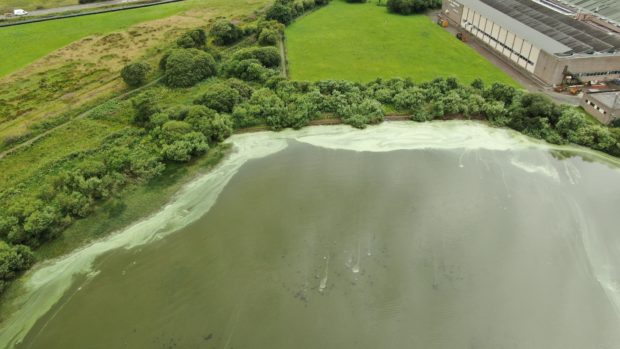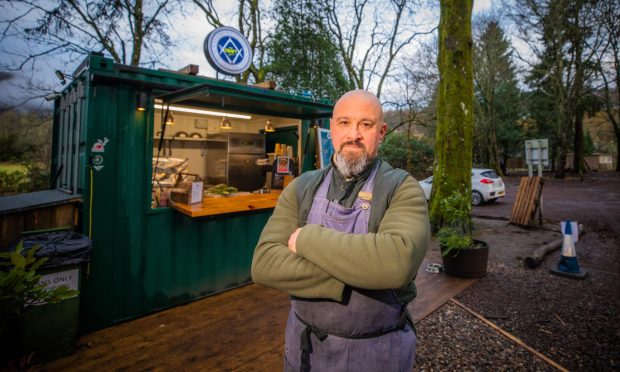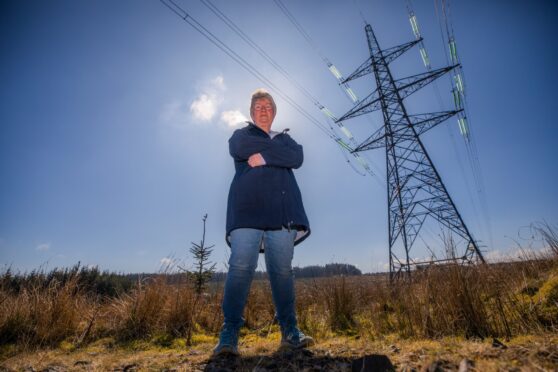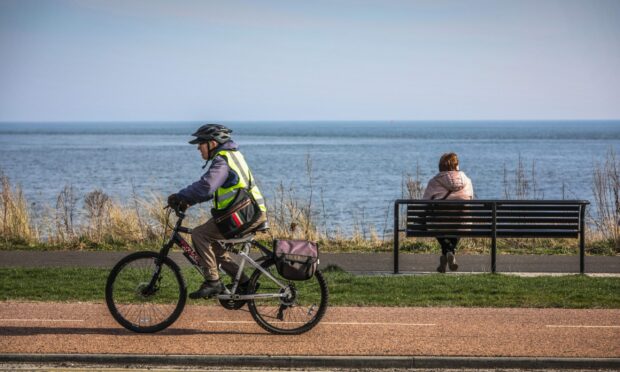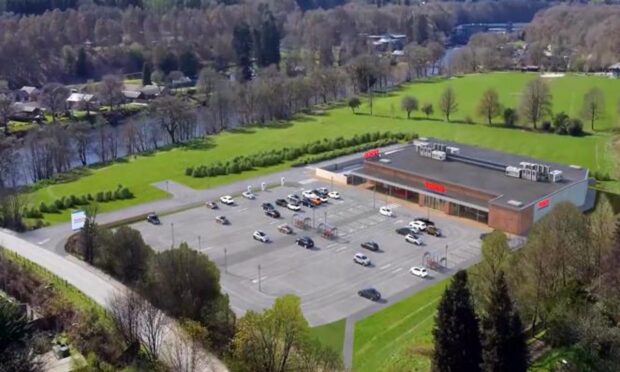A councillor wants housing developments in Kinross-shire to be halted until new policies are agreed on how to deal with toxic algae in Loch Leven.
Liberal Democrat councillor Willie Robertson called for all large scale developments in Milanthort and Kinross to be put on hold until investigations are carried out into the large build up of phosphorous in the water, which creates the blue green algae.
Large quantities of the toxic scum, which can be harmful to animals, covered the surface of Loch Leven this summer.
After meeting the Loch Leven Management Catchment Group (LLMCG), Mr Robertson said: “(I) ask that tighter controls be introduced to stop and further degradation of the water quality in Loch Leven.
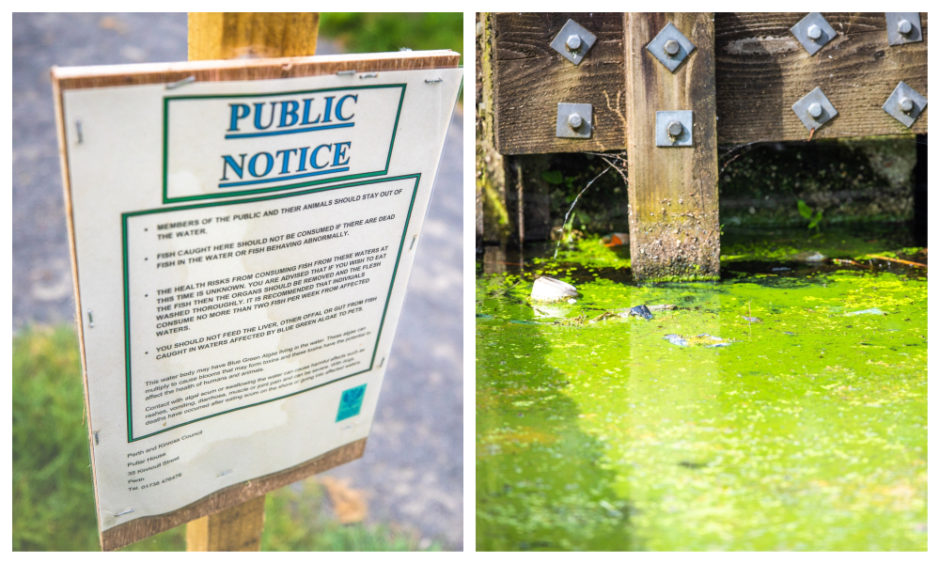
“Until we have a new agreed policy I think there should be a halt to all large scale housing developments in the Milnathort and Kinross area.
“Currently there is no maximum target for the amount of phosphorus we allow to enter the loch either through run off from fields or from our waste water treatment plants.
“Based on what I heard at the meeting I think we need a limit to be set on phosphorous levels entering Loch Leven.”
Sepa say there has been “promising progress” on reducing the phosphorous levels at Loch Leven in recent years and attributes the large quantities of the algae found this summer to warm weather.
A spokesperson said: “While discharges from sewers and housing developments have been a large source of phosphorus in the past, these have been greatly reduced through the work done by all parties.
“There has actually been a reduction in algal blooms in the loch in recent decades.
“The blooms seen in 2019 appear to have been caused, largely, by the warm summer, which sustained a water temperature of more than 17 degrees for an extended period.
“Under these conditions, the most likely cause of algal blooms is phosphorus being released into the water by the loch sediments.”
Kinross-shire currently has a number of controversial estates in development.
A spokesperson for Perth and Kinross Council said: “It is standard practice, when any housing development planning applications are submitted to the council, for us to seek comment from SEPA and Scottish Water on the capacity of the water treatment infrastructure in the area concerned, and what this increase in domestic drainage may have on neighbouring rivers, burns, lochs etc.
“Planning permissions for this type of development frequently have conditions in place which are designed to protect water quality.
“Any breaches will be thoroughly investigated.”
